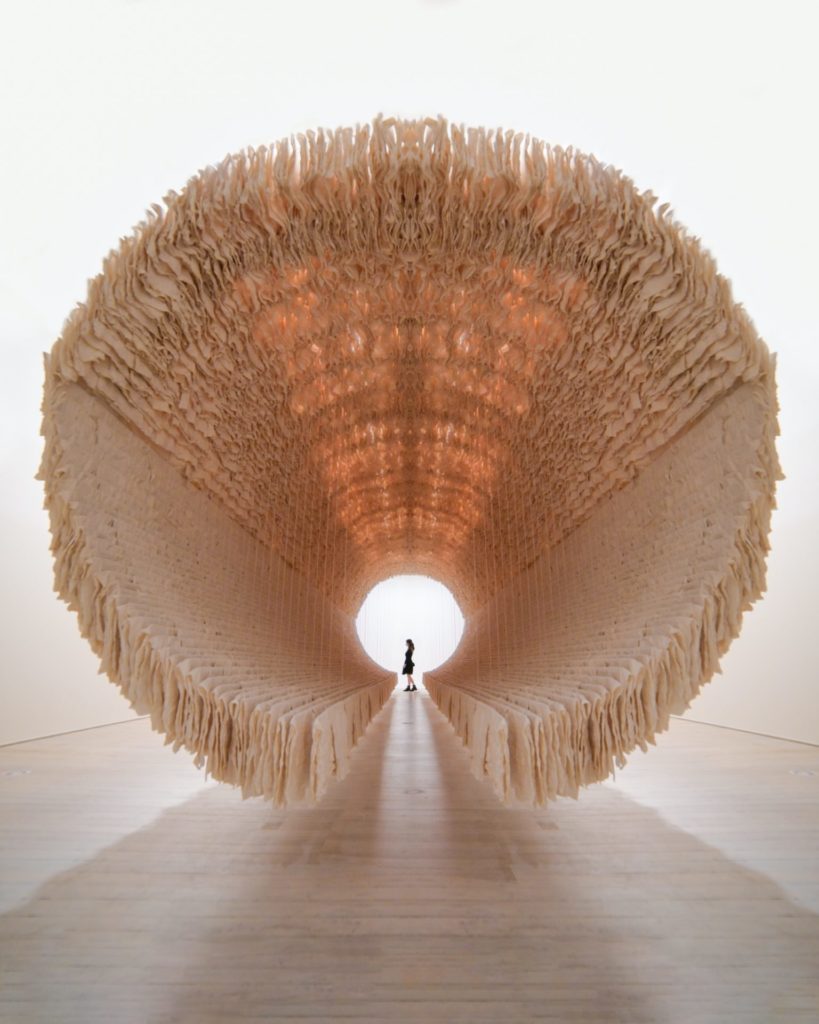Some of the links below may be affiliate links, meaning, at no additional cost to you, I will earn a commission if you click through and make a purchase.
How multisensory experiences rethink our interactions with art
This is an opinion piece on the subject of contemporary and conceptual art. None of the links I may share below are affiliate links.
Art is everywhere. That’s what I have come to believe. Most people go about their days without giving the spaces they walk through, or the objects they use, a second thought. Everything we interact with has artistic potential. We have to pause, observe, and pay attention. Immersive art asks us to do just that.

Immersive art invites us to do more. It asks us to participate. It asks us to move through its environment and become part of the work itself. Without our input, the piece is not complete. We are there to finish the work; by extension, we become the work.
You don’t stand, sit and stare. You flow through, you touch, you become.
Immersive art installations are nothing new. I remember walking through some intriguing hallways that led nowhere, lit up walls and tiles, suspended pieces of fiberglass hanging from a mysterious point high above. Those memories persist. I remember the wonder.
It was not art made for children, we turn into children by the sheer volume of the unexpected.
Now, thanks to technology immersive art experiences are changing and thriving. They are multisensory productions. Some are elaborate backdrops meant to look great in a selfie. However, they can be more than that if we participate in what they have to offer with intention.
Every manifestation or iteration, every interpretation is there to tell a story, and the invitation is for us to make it ours.
Immersive Art and the Inclusive Sensory Experience: Art you can smell and touch, or not
Immersive Art Exhibits are changing our experiences with art by breaking away from traditional conventions and letting the public get close and personal with the pieces. This might mean allowing blind visitors to touch the sculptures and other physical objects, which as everybody knows, is a big art no-no.
In other settings, it might mean incorporating a variety of smells or scents to go with the work, which might enhance the viewer’s experience of the world. It could even mean shedding the setting together and taking art out to be manipulated, used, and abused by the masses, to be made and remade by them.
On the other side of the spectrum, inclusive art initiatives are turning the lights out and the sounds off, so viewers with sensory processing sensitivities can enjoy art without overwhelming their senses, which is something that as an HSP I very much appreciate.
All this should remind us what constitutes art, and the boundaries of artistic expression are in constant flux. Art is a reflection of an individual’s search to communicate something intangible, by using the language of the physical. What bridges the gap is our senses.
By activating all our senses, new multisensory exhibitions are moving in the direction of inclusion for multiple viewers, along with the direction of inclusion of art into our everyday experience of the world.
I believe that at the end of the day, art is not just something that can be encountered inside a physical space, at a static location, or in one dimension. The nature of art is the possibility for a multitude of meanings and interpretations.
Immersive art is saying an irrefutable YES to the meaning of art in our lives, particularly to our pivotal role as the last piece of the puzzle.















1 Comment